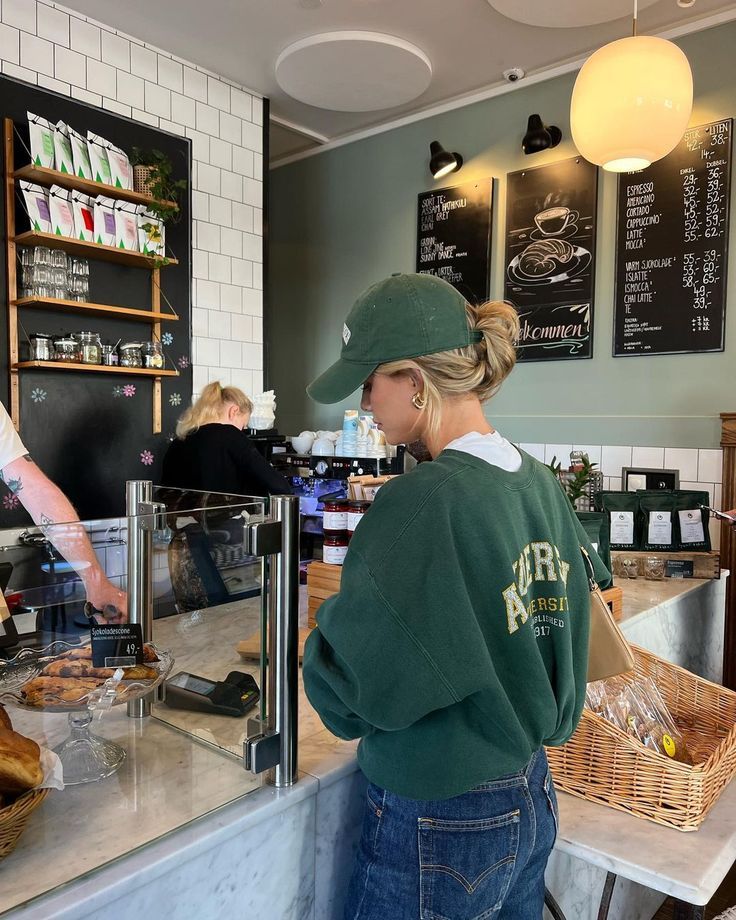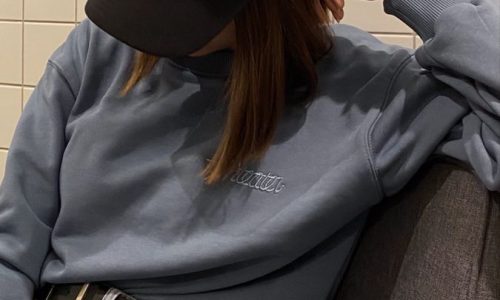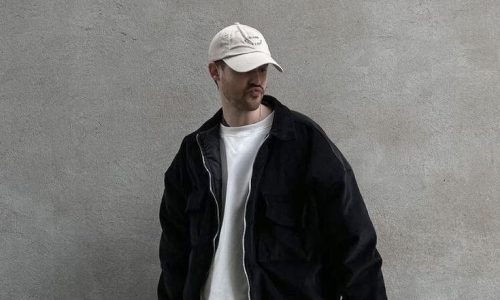
Retro Revival: Vintage Styles Making a Big Comeback
Introduction
In the ever-evolving world of fashion, trends often come full circle, breathing new life into iconic styles of the past. As we move through 2025, the resurgence of retro fashion is not merely a nostalgic nod but a bold reimagining of vintage elements tailored for modern wardrobes. From the timeless silhouettes of the 1950s to the flamboyant flair of the 1980s, designers and fashion enthusiasts alike are embracing the richness of bygone eras. This article explores the multifaceted nature of the retro revival, its cultural underpinnings, modern interpretations, and its lasting impact on today’s fashion landscape.
The Cultural Roots of Retro Fashion
Retro fashion is more than a visual aesthetic; it is a reflection of societal moods, cultural shifts, and historical moments. The renewed interest in vintage styles coincides with a collective yearning for authenticity, craftsmanship, and individuality. The fashion of past decades evokes emotional connections, often associated with resilience, optimism, and rebellion. As contemporary society grapples with rapid technological change and global uncertainty, many individuals find comfort and empowerment in garments that tell a story, that reflect the identity and ethos of another time.
The Influence of the 1950s: Elegance and Structure
The 1950s brought a wave of post-war prosperity, and with it, a return to structured elegance and feminine silhouettes. Iconic pieces such as tea-length dresses, cinched waists, and full skirts are making a resurgence, reinterpreted with sustainable fabrics and updated tailoring. The elegance of the era is being embraced by modern fashion houses who draw inspiration from icons like Audrey Hepburn and Grace Kelly, presenting capsule collections that celebrate refinement with a contemporary twist.
1960s Mod and the Rise of Bold Statements
The 1960s were marked by rebellion and innovation, both culturally and sartorially. The mod movement brought geometric prints, shift dresses, and go-go boots into mainstream consciousness. These elements are being revived today with new vibrancy. Digital printing technologies enable modern designers to reproduce these bold patterns while infusing them with fresh colors and eco-friendly materials. The reimagining of 1960s modwear speaks to a new generation seeking both freedom of expression and sustainable practices.
1970s Bohemian Spirit and Earthy Tones
The 1970s continue to influence 2025 fashion with their distinctive blend of bohemian and disco aesthetics. Flowing maxi dresses, suede fringe jackets, flared pants, and tie-dye prints offer a sense of escapism and natural harmony. These styles, once symbols of counterculture, are now seen on high-fashion runways and streetwear alike, thanks to designers reworking them into luxe interpretations with organic textiles and artisanal craftsmanship.
1980s Maximalism and Power Dressing
The 1980s were unapologetically bold, characterized by shoulder pads, metallic finishes, neon hues, and power suits. This decade’s influence can be seen in today’s revival of confident silhouettes, statement accessories, and daring combinations. Young designers are leaning into the excess of the era, but tempering it with minimalistic balance and refined structure. Modern power dressing pays homage to trailblazers of the past while reflecting the empowerment of contemporary figures.
1990s Minimalism and Grunge Redefined
In contrast to the 1980s, the 1990s brought minimalism and grunge to the forefront. Slip dresses, oversized denim, flannel shirts, and combat boots defined a decade of understated cool. These staples have returned with subtle alterations: clean lines, luxury materials, and elevated styling. The new take on 1990s fashion merges comfort with sophistication, providing wearers with both nostalgic appeal and modern polish.
Retro Sportswear and the Rise of Athleisure
Vintage athletic apparel has also seen a revival, particularly from the 1970s through the 1990s. Track suits, color-blocked windbreakers, and retro sneakers are being integrated into everyday wardrobes. Brands are reissuing classic styles with sustainable fabrics and inclusive sizing. This blending of sportswear and casual fashion reflects a broader shift toward functionality and versatility, aligning with contemporary lifestyle needs.
Modern Designers Channeling Vintage Inspiration
Many of today’s leading and emerging designers are infusing their collections with vintage references. Labels like Gucci, Marc Jacobs, and Stella McCartney are known for their retro motifs, reinterpreted through an avant-garde lens. Independent creators and upcycled fashion brands are also gaining traction, offering consumers one-of-a-kind pieces that marry historical flair with modern sensibilities. The retro revival is not about duplication, but reinvention through innovation.
Thrift Culture and the Sustainability Movement
The retro trend aligns seamlessly with the global push for sustainable fashion. Thrift stores, vintage boutiques, and resale platforms are thriving as consumers seek unique items with a smaller environmental footprint. Wearing vintage is both a style choice and an ethical statement. It reduces demand for fast fashion and promotes a circular economy. The rise of conscious consumerism has turned retro shopping into a lifestyle that supports creativity, individuality, and responsibility.
Accessorizing the Retro Look
No retro ensemble is complete without period-appropriate accessories. Cat-eye sunglasses, chunky jewelry, silk scarves, and classic handbags are essential to completing a vintage-inspired outfit. Accessories help bridge the gap between decades, allowing wearers to incorporate retro elements into contemporary attire with ease. The return of iconic timepieces and heritage brands also underscores the desire for pieces that last—a nod to enduring quality and timeless appeal.
Vintage-Inspired Fabrics and Textures
Textures play a crucial role in recreating vintage aesthetics. Velvet, corduroy, tweed, and lace are being embraced once again for their tactile richness and visual depth. These fabrics, updated for comfort and performance, are used across garments and accessories alike. The renewed interest in traditional textiles reflects a broader appreciation for sensory experience in fashion, moving beyond the visual to include touch and feel.
The Influence of Retro in Digital Fashion
Even digital fashion, including virtual wearables and avatars in the metaverse, is tapping into the retro revival. Designers are creating vintage-inspired collections for digital platforms, allowing users to dress their avatars in styles from the past. This intersection of nostalgia and technology underscores how retro aesthetics continue to influence both physical and virtual fashion spaces, extending the trend into new realms of creativity.
Retro Influencers and Fashion Communities
Social media has played a key role in popularizing retro fashion. Influencers, stylists, and vintage curators share content that educates and inspires audiences about classic styles. Online communities foster appreciation for historical fashion and promote sustainable shopping habits. Hashtags like #RetroStyle and #VintageRevival have amassed millions of views, illustrating the widespread appeal and enduring relevance of vintage aesthetics in the digital age.
Conclusion
Retro fashion in 2025 is not merely a look—it’s a philosophy, a cultural movement, and a response to modern challenges. It bridges the past and present, offering wearers a way to honor history while expressing individuality. Through thoughtful reinterpretation and sustainable practices, the vintage revival continues to shape the future of fashion in ways that are inclusive, imaginative, and deeply rooted in legacy.


